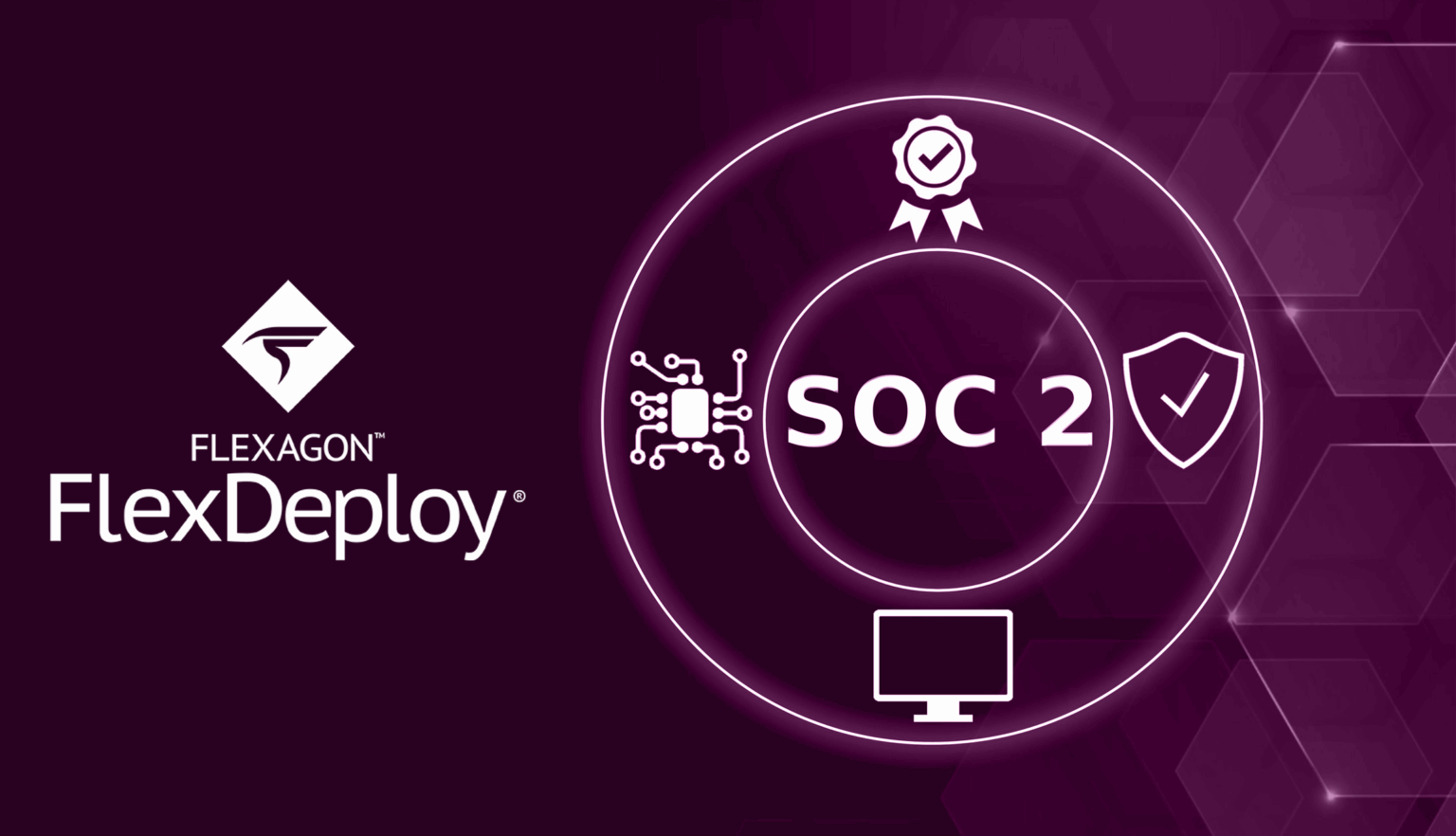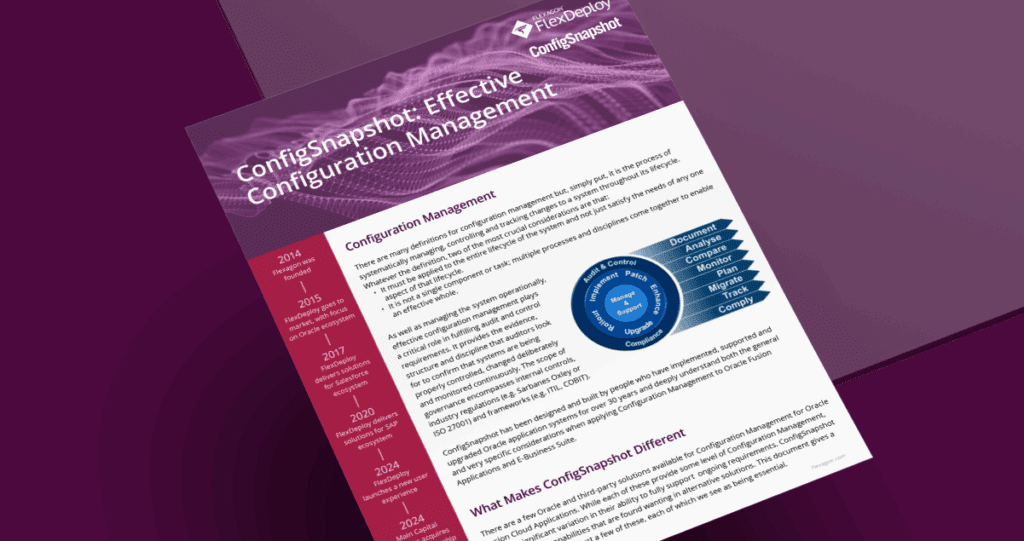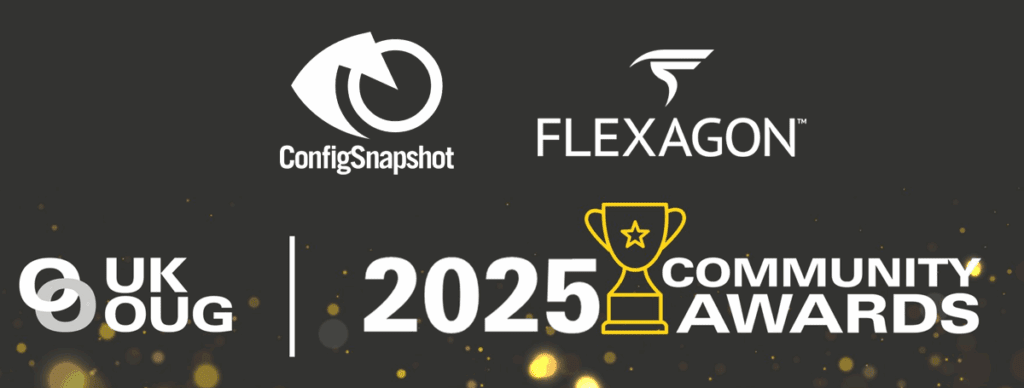When it comes to handling sensitive customer data, trust is everything. Organizations worldwide are raising the bar in their security protocols, and achieving SOC 2 compliance is one critical step in proving their commitment. But what, exactly, is SOC 2 compliance—and how does it factor into modern data security requirements? This blog explores the significance of SOC 2, outlines essential data security best practices, and highlights how Flexagon prioritizes protecting customer data through advanced approaches and technologies.
What Is SOC 2 Compliance and Why Is It Important?
SOC 2 (System and Organization Controls for Service Organizations, Type 2) is a framework developed by the American Institute of Certified Public Accountants (AICPA). It sets standards for managing customer data based on five “trust service criteria”: security, availability, processing integrity, confidentiality, and privacy.
SOC 2 compliance is vital for businesses that handle data in any capacity—not just as a regulatory requirement but also as a marker of trustworthiness. By achieving SOC 2 certification, organizations demonstrate their commitment to protecting sensitive customer data against potential security risks, including breaches, unauthorized access, and misuse.
For businesses partnering with third-party service providers like Flexagon, SOC 2 compliance ensures that those providers meet rigorous accountability measures. Trust is no longer built purely on promises; aligning with SOC 2 criteria adds tangible proof of a strong commitment to customer security and privacy.
Key Data Security Best Practices for Any Business
Maintaining robust security measures is essential for achieving compliance and safeguarding data consistently. Below are some fundamental data security best practices to consider:
1. Encryption of Sensitive Data
Data encryption protects sensitive information, both in transit and at rest, by converting it into an unreadable format that can only be deciphered with an appropriate decryption key. Strong encryption protocols, such as Advanced Encryption Standard (AES), strengthen protection against cyberattacks and unauthorized access.
2. Access Controls and Role-Based Permissions
Limiting access to data prevents vulnerabilities arising from human error or misuse. Access controls ensure users only interact with the resources necessary for their role. Businesses should implement multi-factor authentication (MFA), routinely update credentials, and conduct reviews of access permissions to reduce the chances of data leakage.
3. Conducting Regular Security Audits
Routine security audits help identify vulnerabilities before they escalate into major risks. Periodic reviews of systems, policies, and workflows ensure organizations adapt to new security concerns and maintain compliance with regulatory frameworks such as SOC 2.
4. Monitoring and Incident Response
Proactively monitoring networks and systems helps detect suspicious activities early. Advanced threat detection solutions, paired with a clear incident response plan, enable swift action to mitigate potential security incidents.
5. Employee Training and Awareness
Human error remains one of the leading causes of security breaches. Training employees about security protocols, phishing risks, and appropriate handling of sensitive information ensures that both technology and human factors align to strengthen security. or configurations can prevent a misstep that brings down their environment—saving both time and revenue. Similarly, by reducing manual deployment efforts and errors, FlexDeploy helps businesses reallocate resources, driving additional savings.
Flexagon’s Approach to Data Security and Compliance
At Flexagon, protecting customer data is a priority. Our security practices adhere to SOC 2 criteria, delivering transparency, reliability, and trustworthiness for our customers. For detailed information on Flexagon’s certification and commitment, visit SOC 2 Type II Compliance.
Flexagon’s FlexDeploy DevOps platform is designed to help customers and prospects achieve SOC 2 compliance within their DevOps pipelines for enterprise software applications. FlexDeploy provides controls and automation required for secure deployments, including access management, audit trails, and continuous monitoring. These capabilities support organizations in meeting SOC 2 requirements, reducing risks, and improving the security posture of DevOps operations.
Zero Trust Security Model
Flexagon employs a Zero Trust approach, which assumes every access request—internal or external—must be verified. This model combines identity verification, device security checks, and continuous monitoring to create layers of protection around customer assets.
Data Encryption Standards
To safeguard sensitive customer data, Flexagon implements industry-leading encryption protocols. Sensitive information is encrypted in transit using Transport Layer Security (TLS) and at rest with AES standards, ensuring only authorized parties gain access.
Continuous Monitoring and Advanced Threat Detection
Flexagon uses proactive monitoring tools and AI-driven threat detection to identify and respond to security incidents in real time. Automated alerts and built-in redundancy systems allow rapid remediation without impacting business continuity.
Comprehensive Role-Based Access Controls
Our role-based access control mechanisms ensure that sensitive data is only accessible to those with explicit authorization. This minimizes the risk of internal misuse and enforces best practices in managing user permissions.
Robust Audit Practices
Commitment to regular auditing helps Flexagon continuously improve its processes and maintain SOC 2 alignment. Internal audits assess security, operational performance, and privacy, helping us remain resilient against evolving threats.
Customer-Centric Compliance
We recognize that security and transparency support customer success. Flexagon shares details of our compliance measures, helping partners and customers make informed decisions about data protection.
SOC 2 compliance is a clear signal of an organization’s commitment to security, making it a key factor for businesses selecting technology partners. By aligning with SOC 2, Flexagon assures customers that their data is protected according to the industry’s highest standards. This compliance fosters a secure environment where customers can focus on growth and innovation without compromising on data safety.
Final Thoughts
Data security is no longer just a technical challenge; it is a business imperative. With the growing complexity of regulatory standards and the increasing risk of cyber threats, achieving SOC 2 compliance has become a baseline expectation for many organizations.
Flexagon not only meets this expectation but sets an example of how security and trust can merge seamlessly into an organization’s DNA. By adhering to proven best practices and investing in advanced technologies, Flexagon ensures that all customer data is handled with care, precision, and transparency. For businesses seeking a partner that prioritizes both security and compliance, Flexagon delivers the expertise and assurance needed to operate in an increasingly interconnected world.



